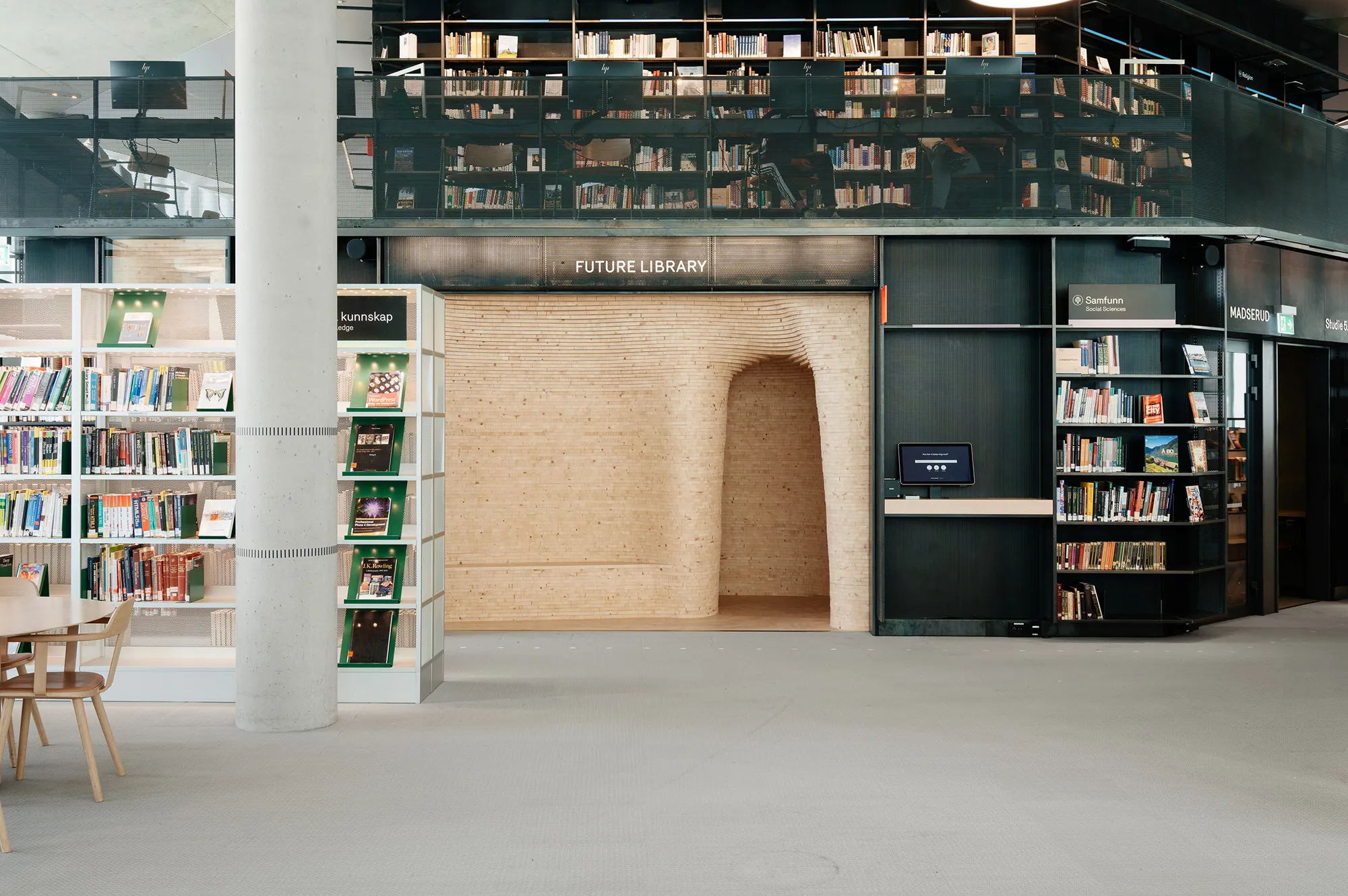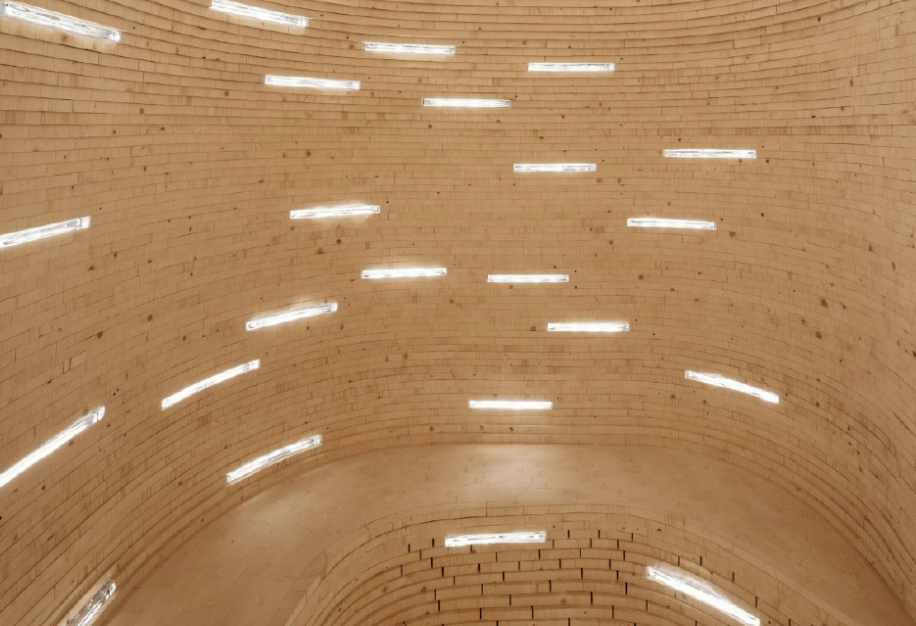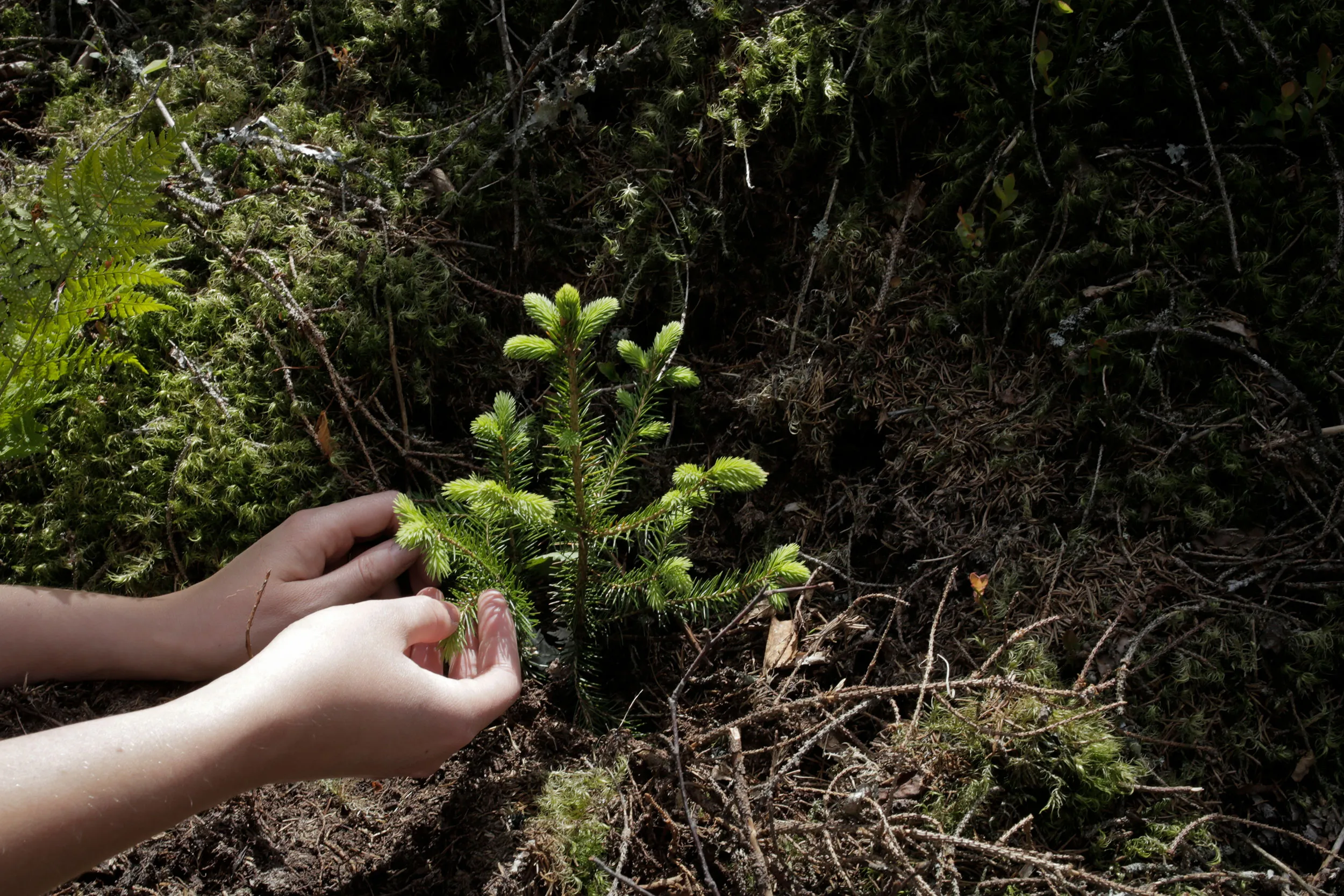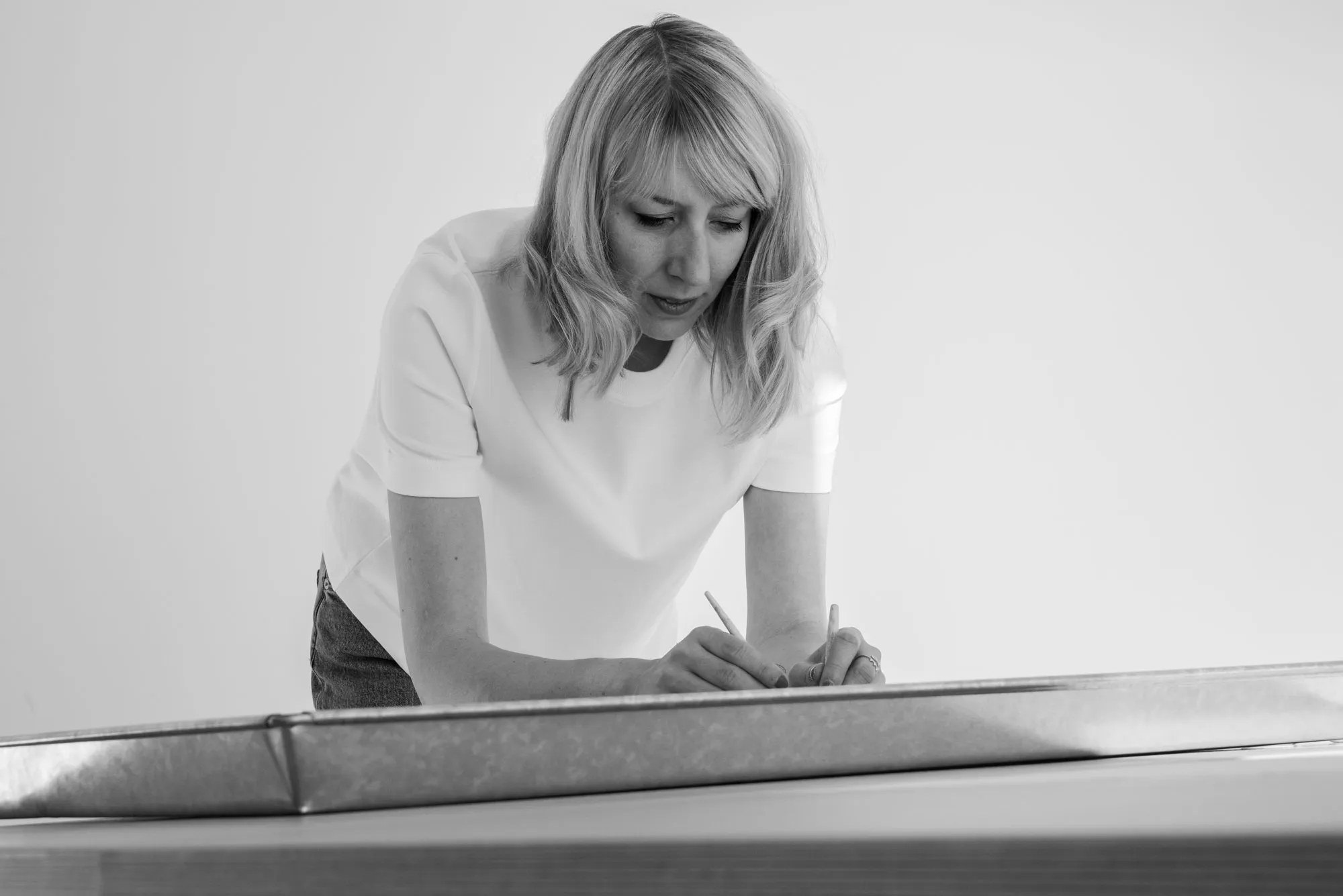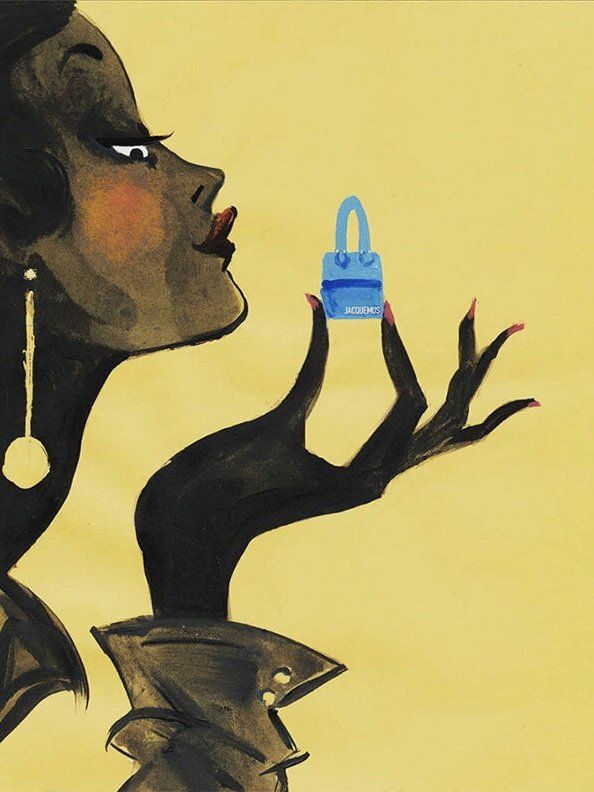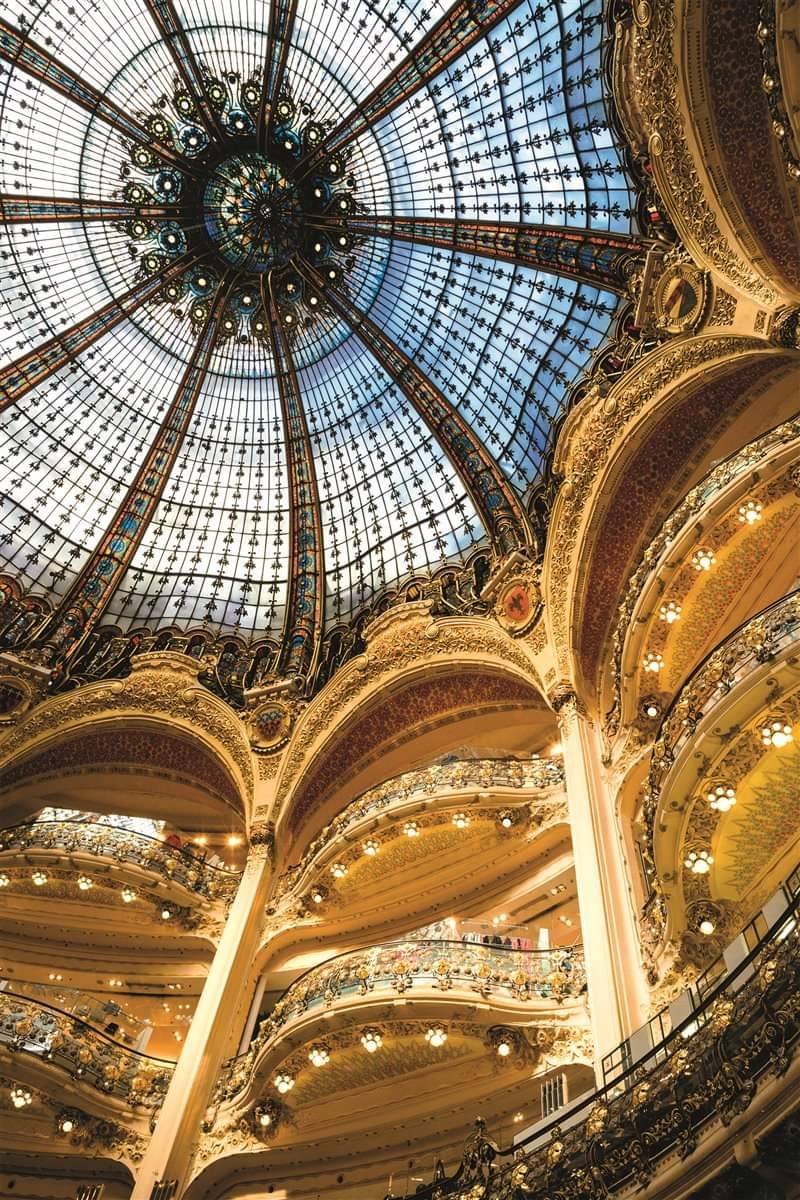A forest has been planted in Norway that will supply paper for a unique ensemble of books that will be printed in 100 years. One author will contribute a piece every year until the year 2114, and until then, the writings will be held in trust, unread, and unpublished.
At Oslo’s new public library, the manuscripts will be preserved in a room designed just for them. There have been a number of authors who have already contributed until now – these include Margaret Atwood (2014), David Mitchell (2015), Sjón (2016), Elif Shafak (2017), Han Kang (2018), Karl Ove Knausgrd (2019), Ocean Vuong (2020), and Tsitsi Dangarembga (2021).
Manuscripts by authors will be preserved for 100 years
The fundamental objective of the Future Library Trust is to select and invite the authors, and to passionately sustain the artwork for its one hundred year duration.
The authors are being selected for their inimitable contributions to literature and poetry and for their works’ power to captivate the imagination of this and future generations. “Imagination” and “time” are some of the key words in the selection process.
The Silent Room where the manuscripts are preserved
The Future Library Trust and the City of Oslo have signed a 100-year contract in 2022. The agreement entails that the Future Library forest will stay in the hands of the Trust for the next 100 years, and the anthologies will be printed in 2114 on paper made out of the protected trees. The Silent Room in Deichman Bjørvika – created from trees cleared from the forest, is also honoured in the agreement, and is regarded as the resting place for the manuscripts until 2114. Year upon year, one hundred drawers will each be filled with the authors’ manuscripts. In this intimate, beautifully crafted space, manuscripts are just visible, subtly elucidating through glowing lights. Preservation, security, and longevity make for the main ethos behind the the design process.
“This contract is both a commitment and a symbol of the city of Oslo’s devotion to art, the environment, community, and the written word. It is a commitment to, and trust in, future generations. 100 years from now, I believe Oslo will continue to be a beacon of those ideals,” says Chair of the Future Library Trust Anne Beate Hovind.
The protected forest will create paper for these manuscripts after 100 years
Katie Paterson (born in 1981 in Scotland), the artist behind Future Library, is regarded as one of the leading artists of her generation. Paterson’s projects take into account our place on earth in the context of geological time and change, in collaboration with scientists and researchers across the world. Her method consists of sophisticated technologies and specialist expertise to “stage and intimate, poetic and philosophical engagements between people and their natural environment”. Blending a romantic tonality with a research-based ideology via a minimal presentation, her art bridges the distance between the audience and the distant edges of time and the cosmos.
Katie Paterson
Some of the unique works in her repertoire include the broadcasting of the sounds of a melting glacier live, mapping all the dead stars, compiling a slide archive of darkness from the depths of the Universe, creating a light bulb to simulate the experience of moonlight, and sending a recast meteorite back into space. Paterson’s work is not only understated in gesture but also monumental in scope, depicting feelings of humility, amusement and sadness aligned with the experience of the intimacy and sublimation.
Paterson was winner of the Visual Arts category of the South Bank Awards. Her work has exhibited internationally, from London to New York, Berlin to Seoul, and her works have been included in major exhibitions including Hayward Gallery, Tate Britain, Kunsthalle Wien, MCA Sydney, Guggenheim Museum, Turner Contemporary and The Scottish National Gallery of Modern Art.
Words by Akanksha Maker.
Images by Future Library.
